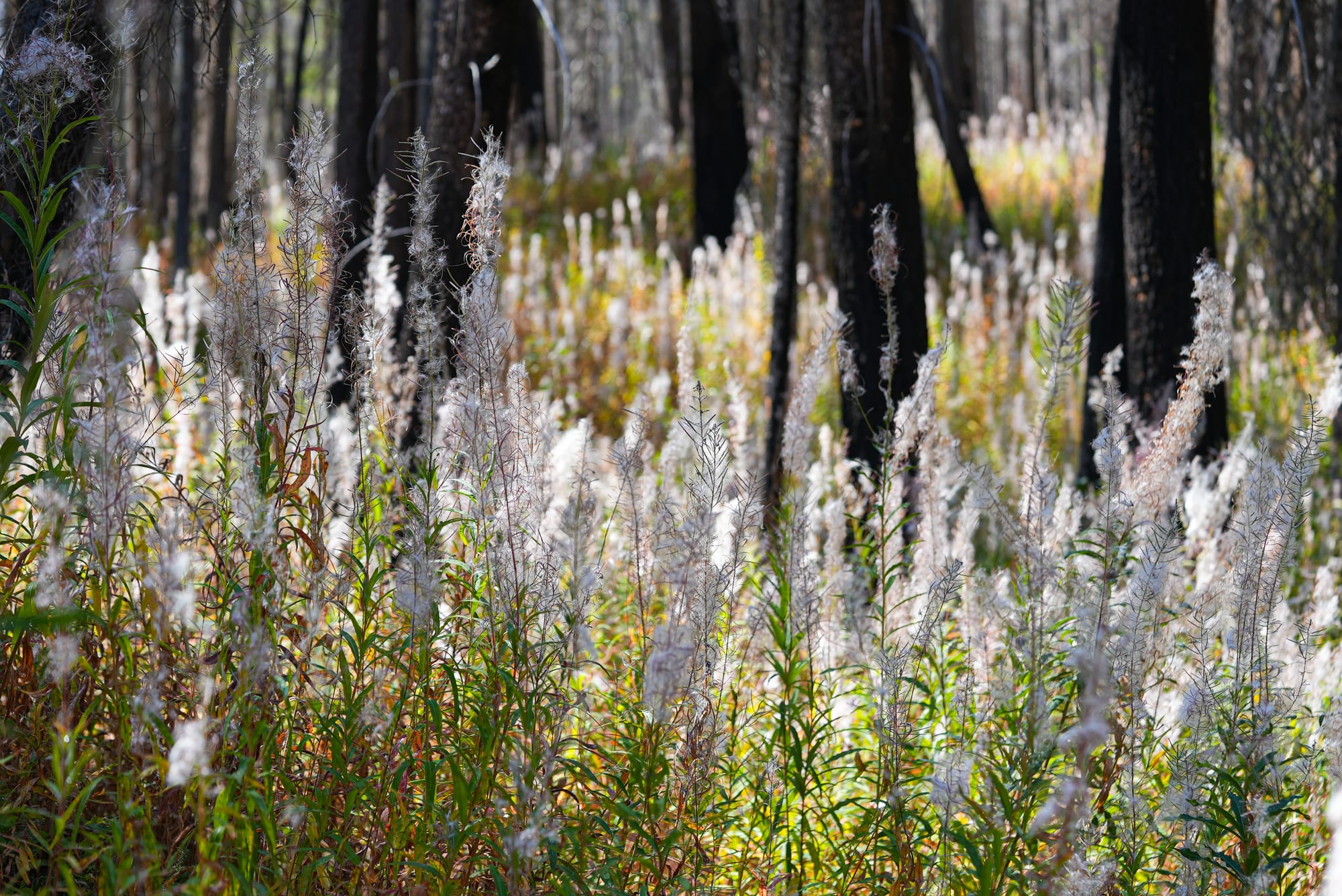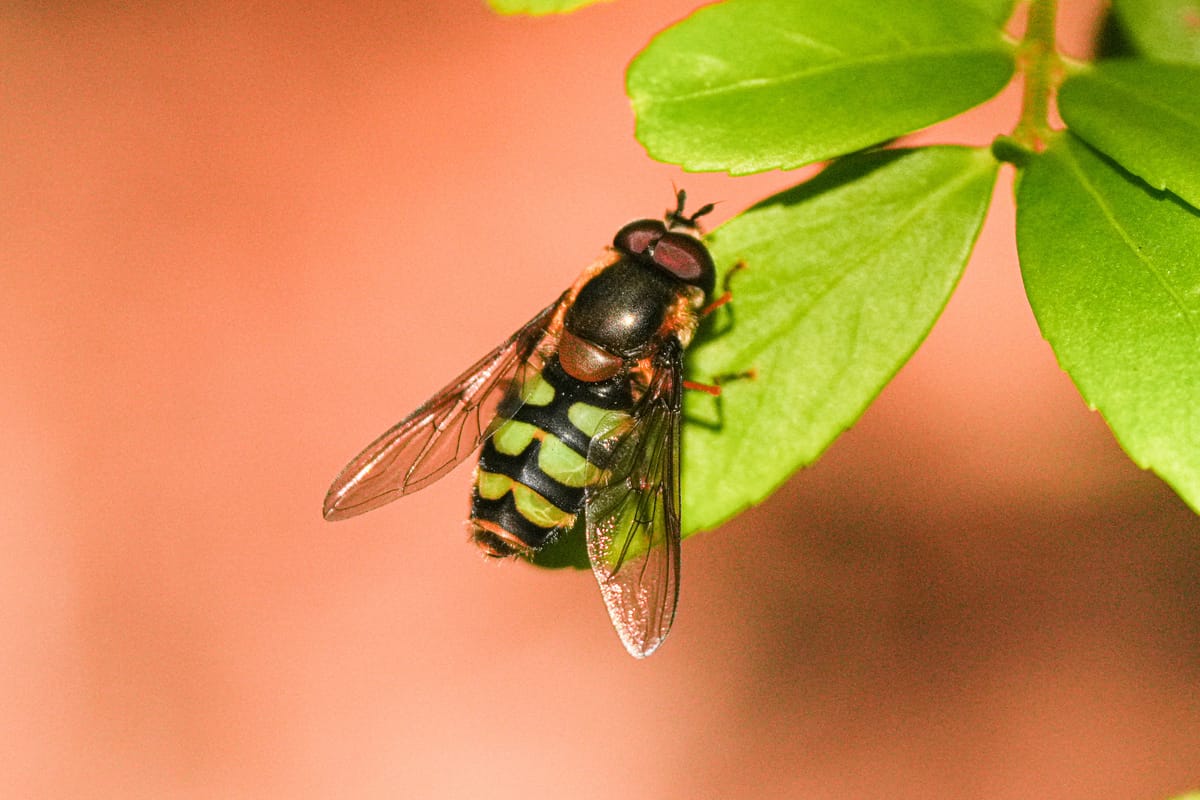July 13-19, 2025
Past the peak but still prime

Despite a run of hot days, the presence of strong winds and overcast skies adds to the feeling that this summer has been cooler than average.
Week in Review
Have you been noticing the changing tides of summer lately? Flowers are now past their peak blooms in the mountains. More and more butterflies are looking scruffy and weathered. And a few leaves have even started changing colors.
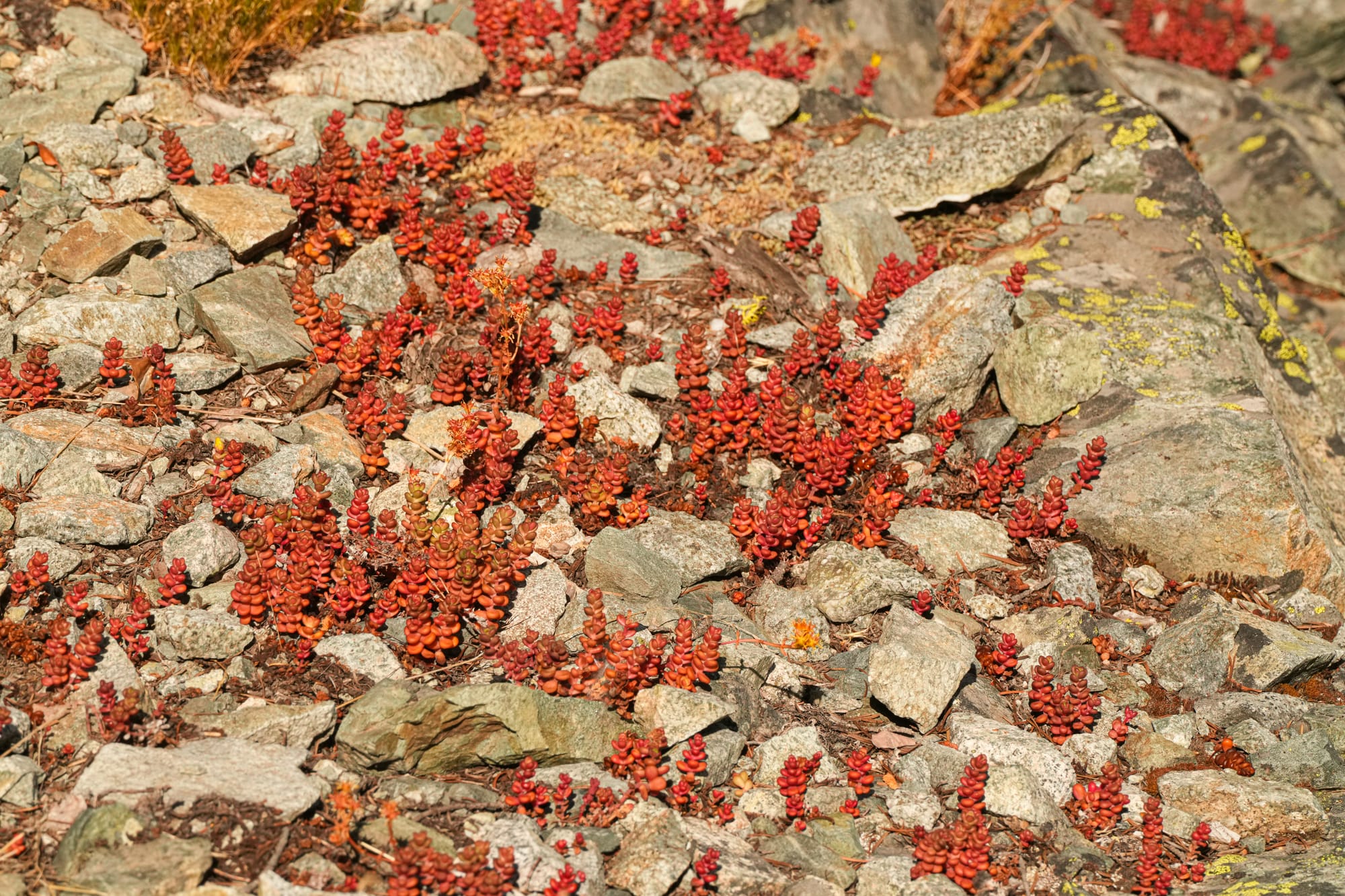
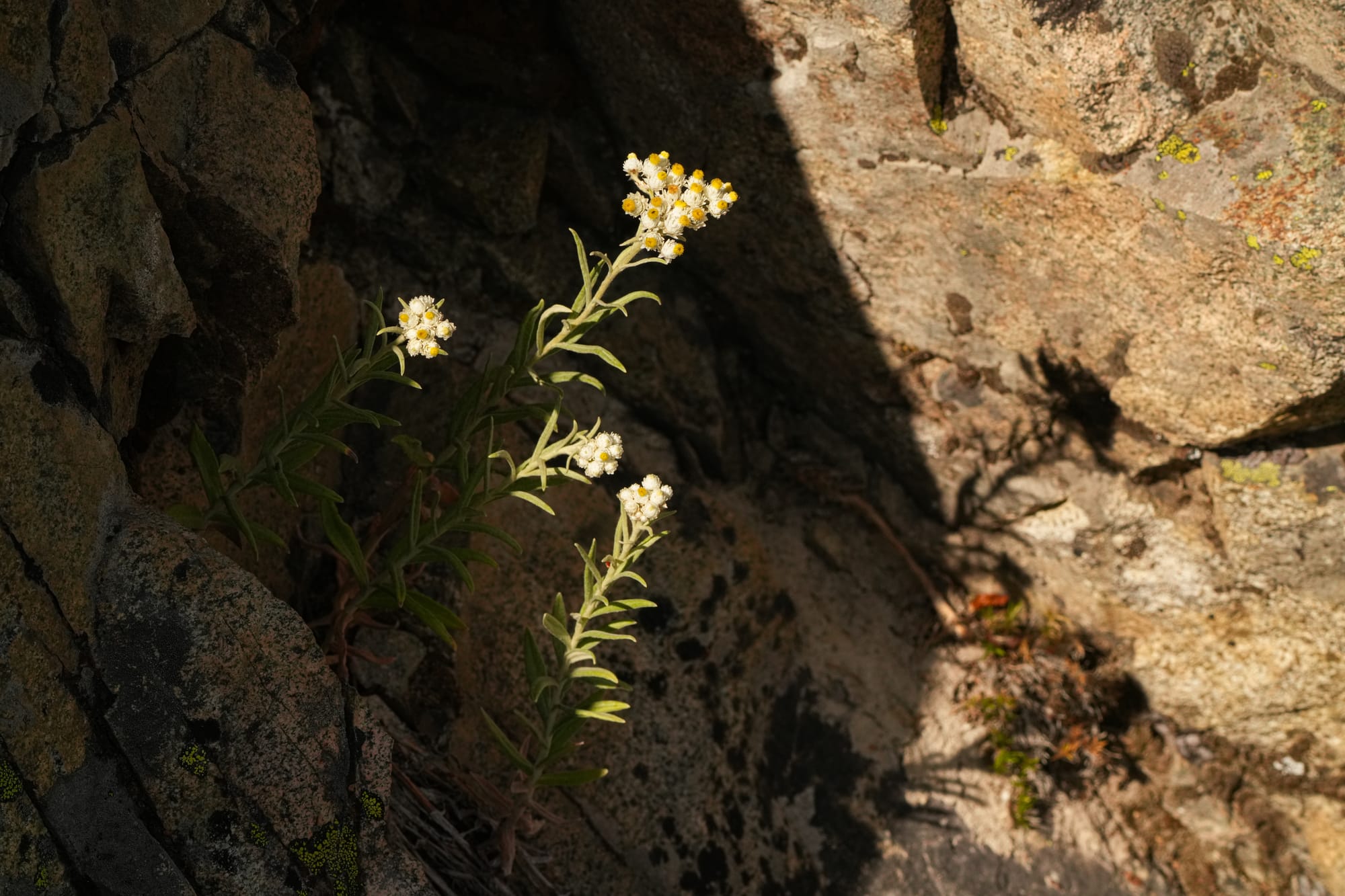
But one delightful sign of the changing seasons are all the ripe berries you can now find on your walks. On one walk this week, I caught myself stopping repeatedly to feast on two kinds of huckleberries, two kinds of wild raspberries, and thimbleberries that were all incredibly delicious and sweet. Heavenly!

Along with a bounty of berries, the opportunity to find lingering pockets of bright flowers makes any hike in the mountains a wonderful adventure right now.
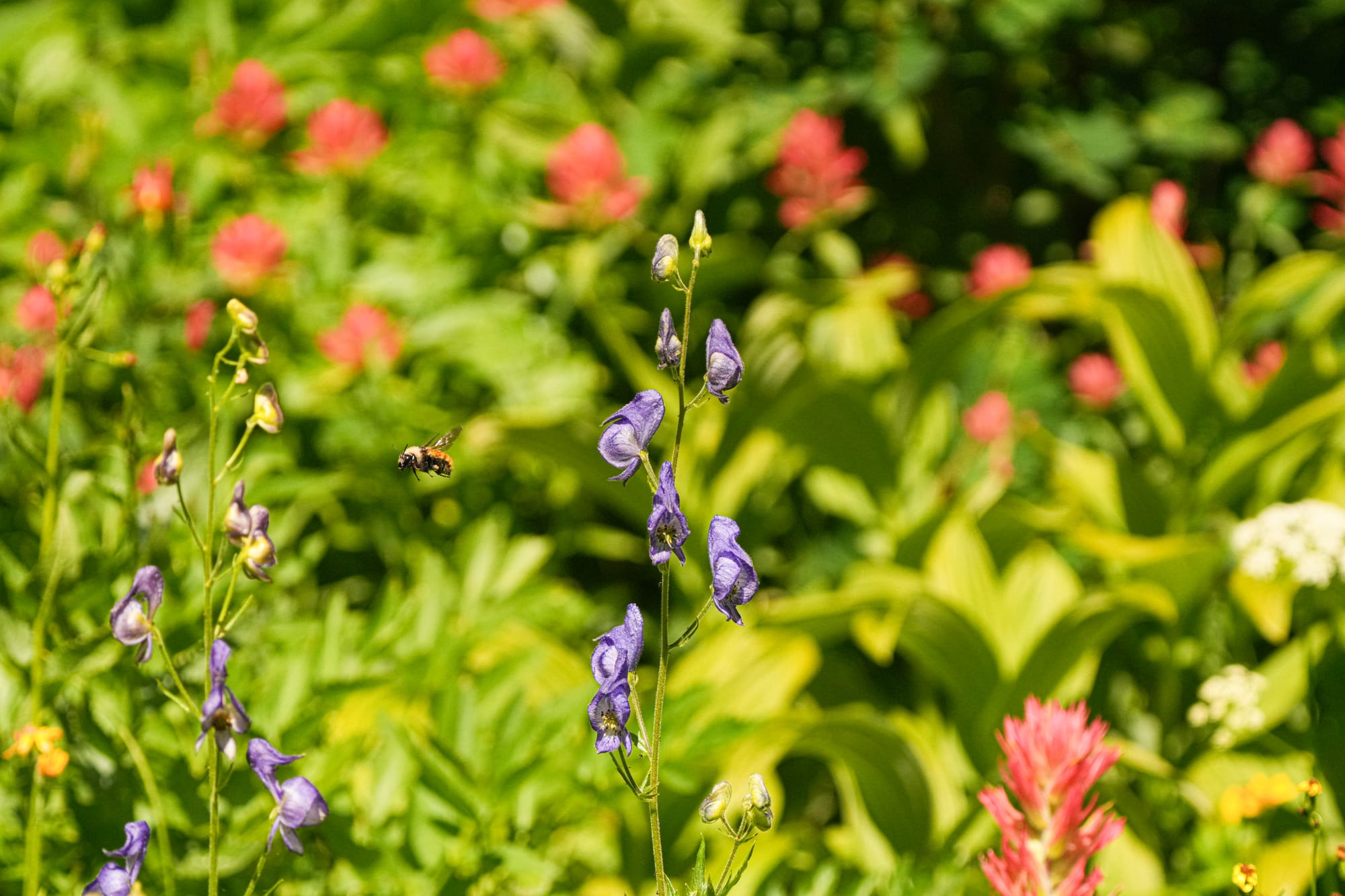
And, where there are flowers, there are of course a dazzling variety of insects. Butterflies and bees may be the most conspicuous insects but it's fun to see what else you can find.
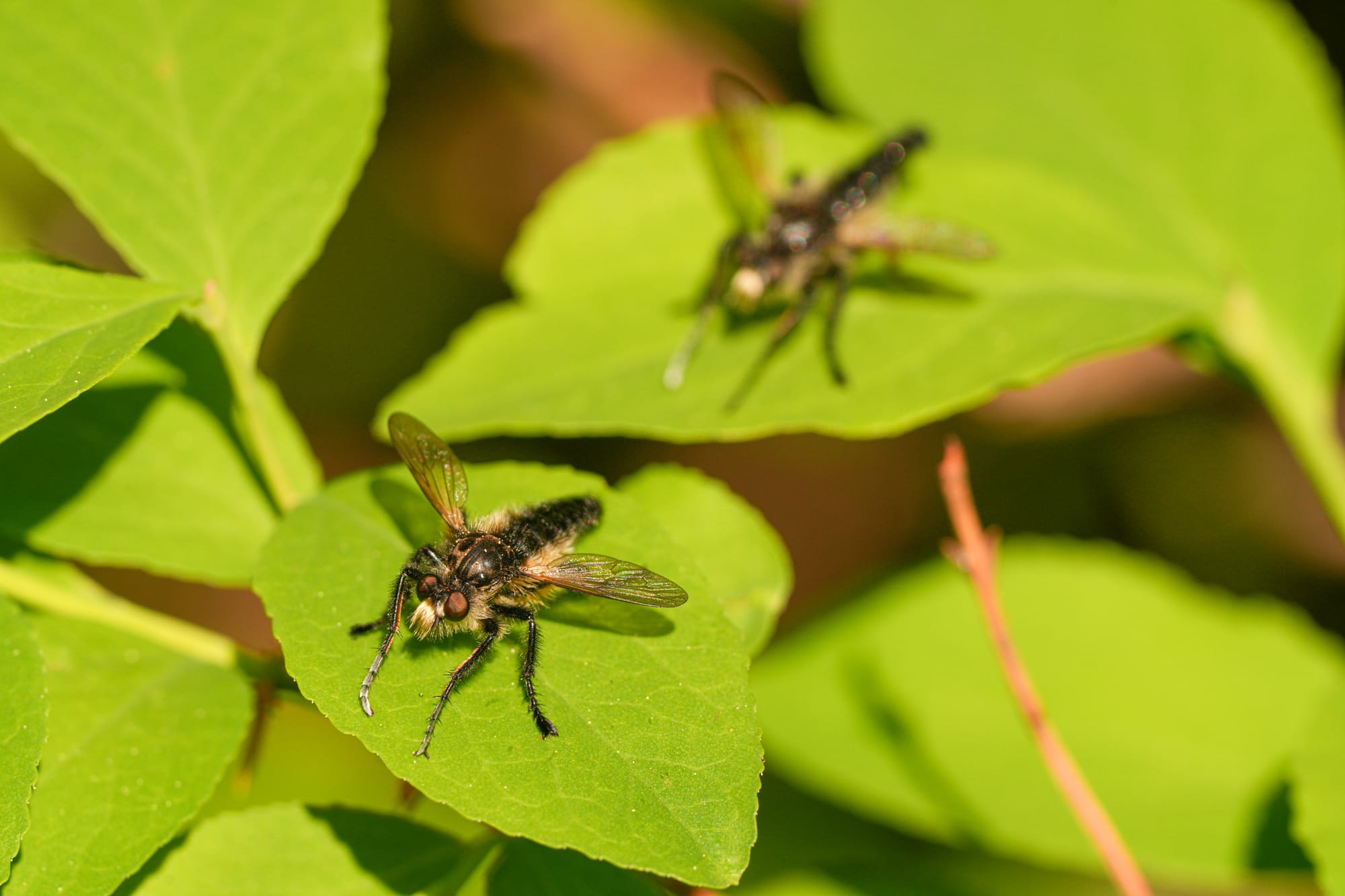
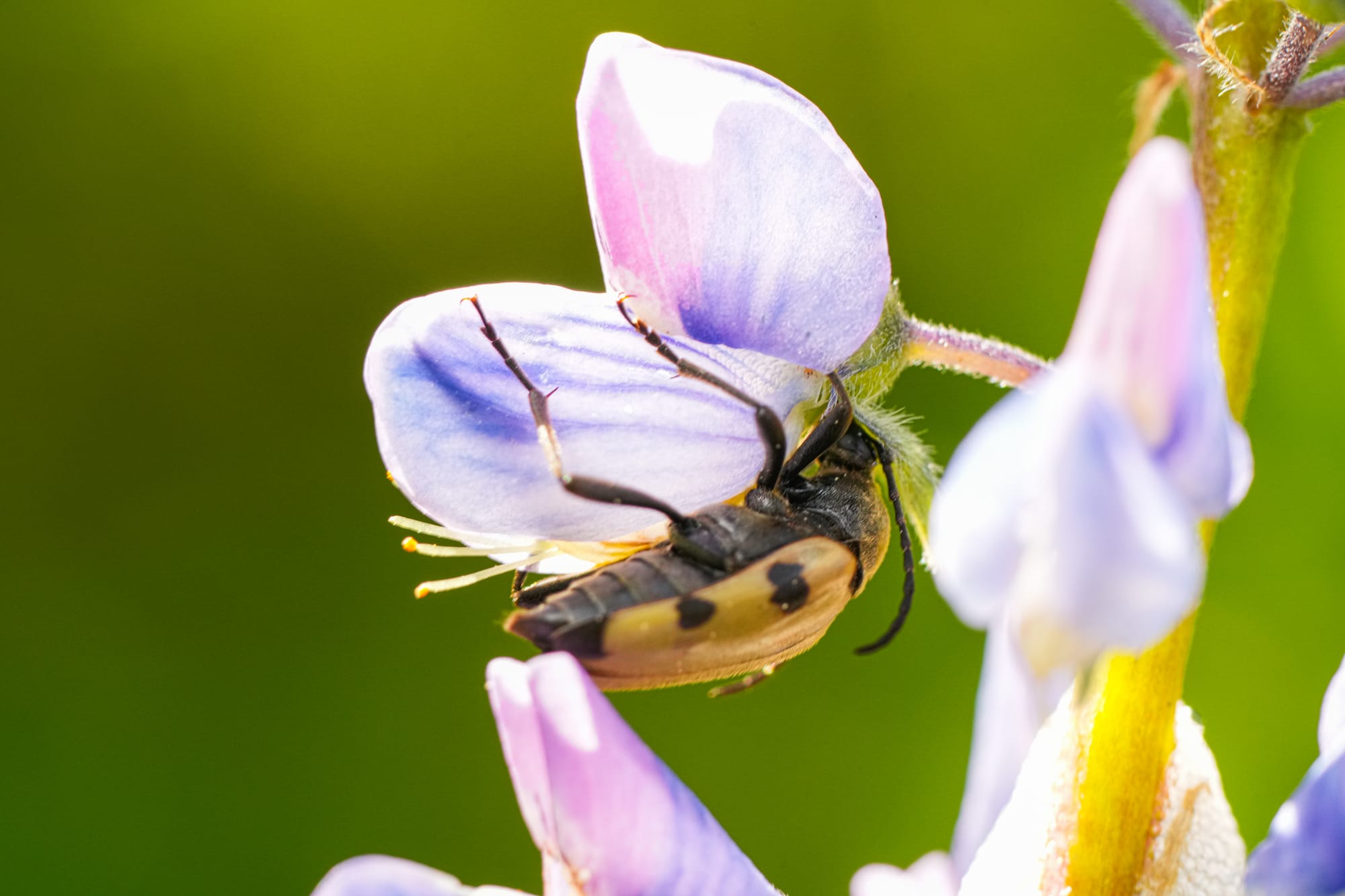
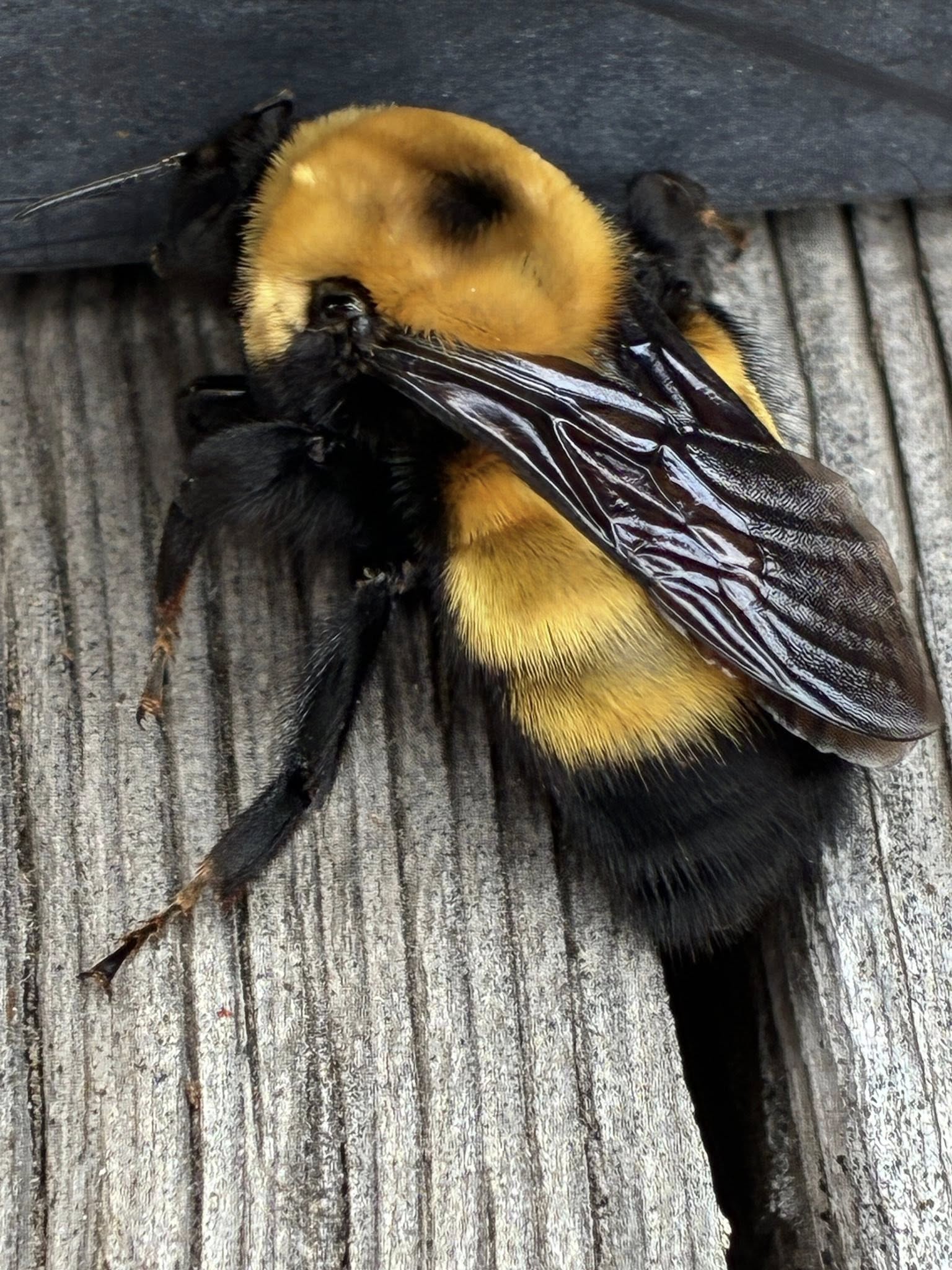
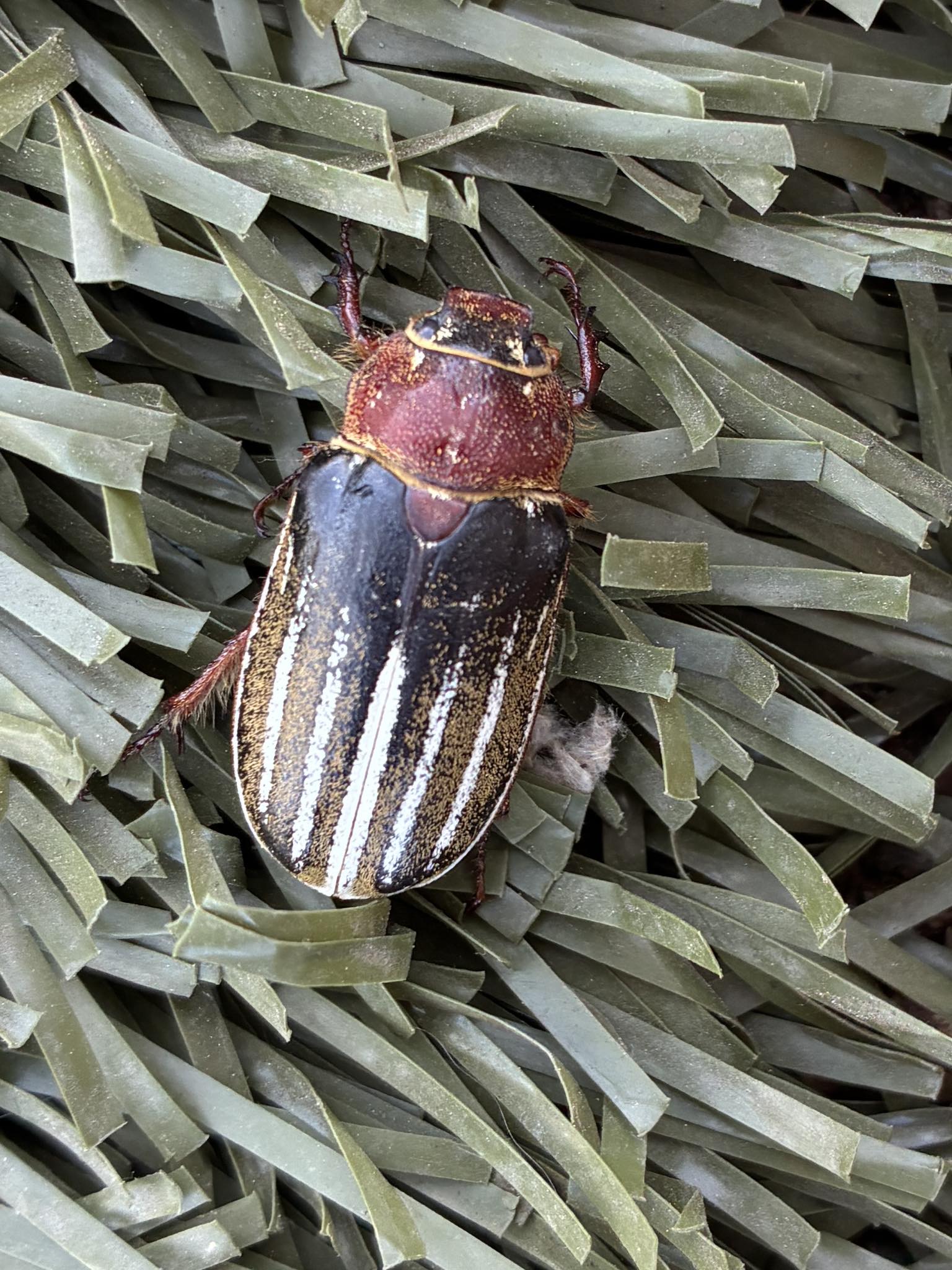
Other interesting insects this week have included a large Nevada bumblebee (Bombus nevadensis) and ten-lined June beetle (Polyphylla decemlineata). Photos by Merry Maxwell
The most common bird behaviors I've noticed this week have been agitated parents skulking around and giving alarm calls as I walk by on the trail. While I haven't seen any babies other than a couple Swainson's thrushes that flushed up from trailside bushes, but this must be the peak season for baby birds in mountain forests.
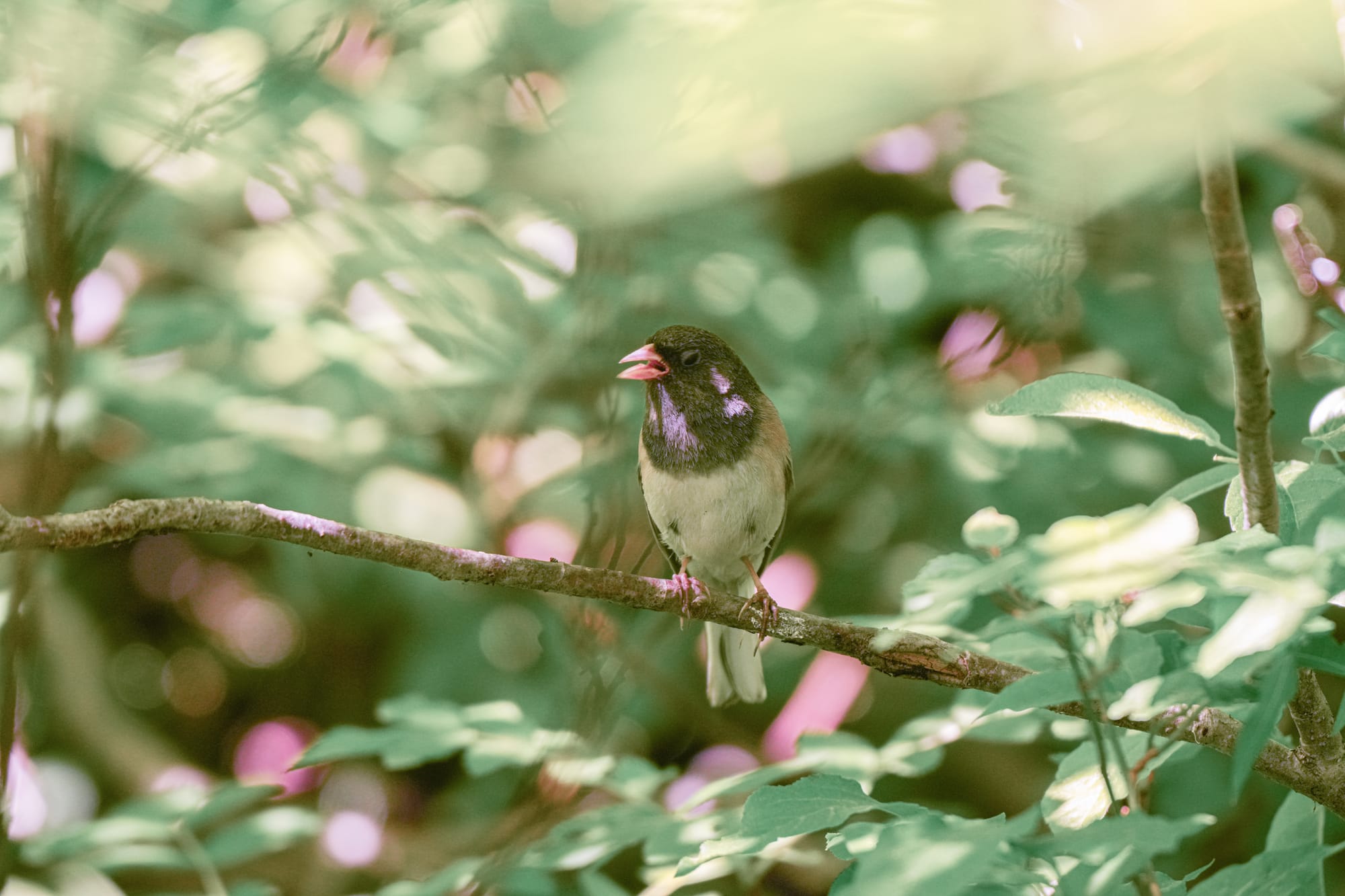
Observation of the Week: Fireweed
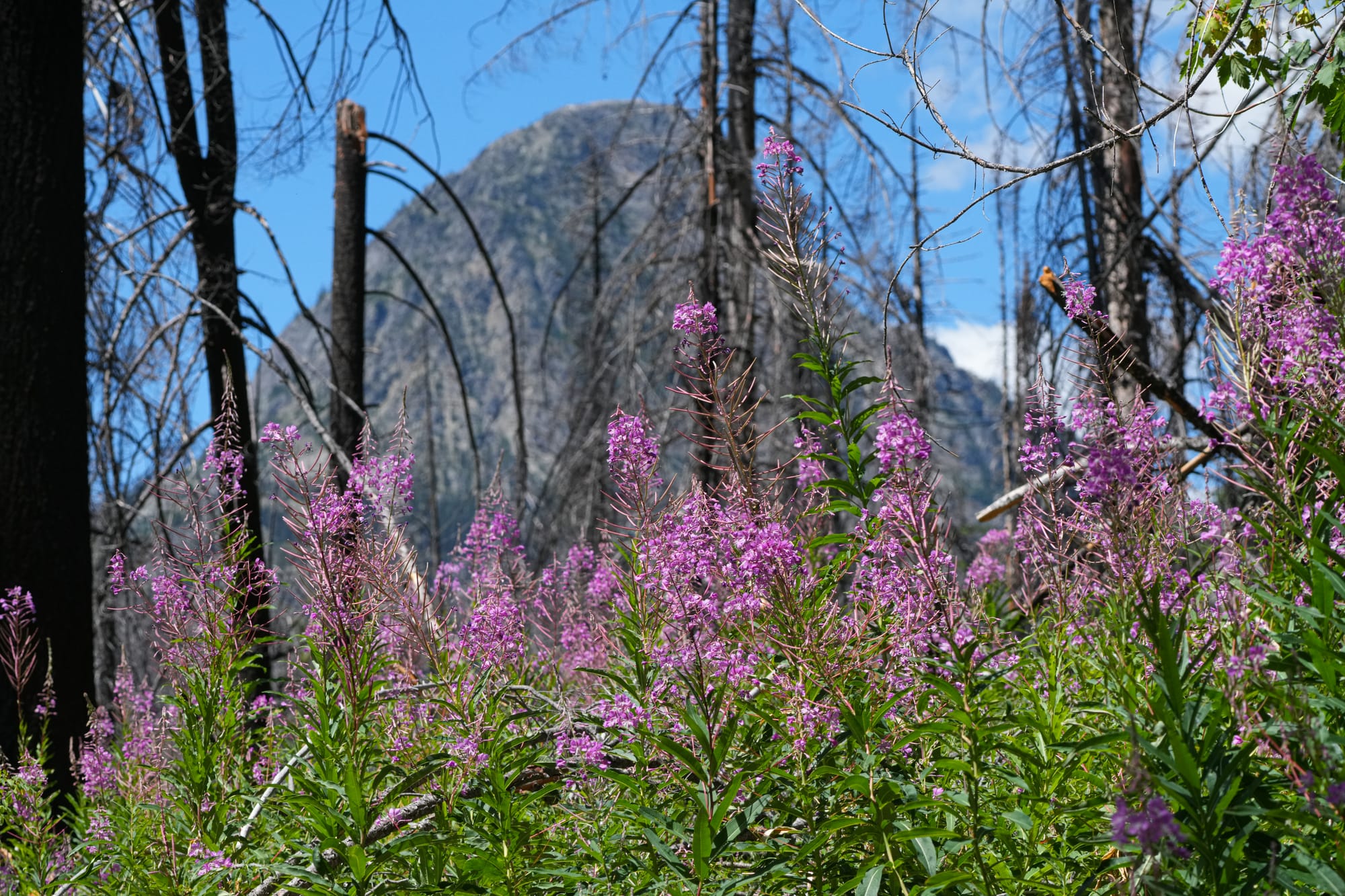
Fireweed is an extremely abundant plant in forested areas throughout the Methow Watershed, and there's no better time to notice fireweed than in mid-summer when it carpets entire hillsides with bright pink flowers.
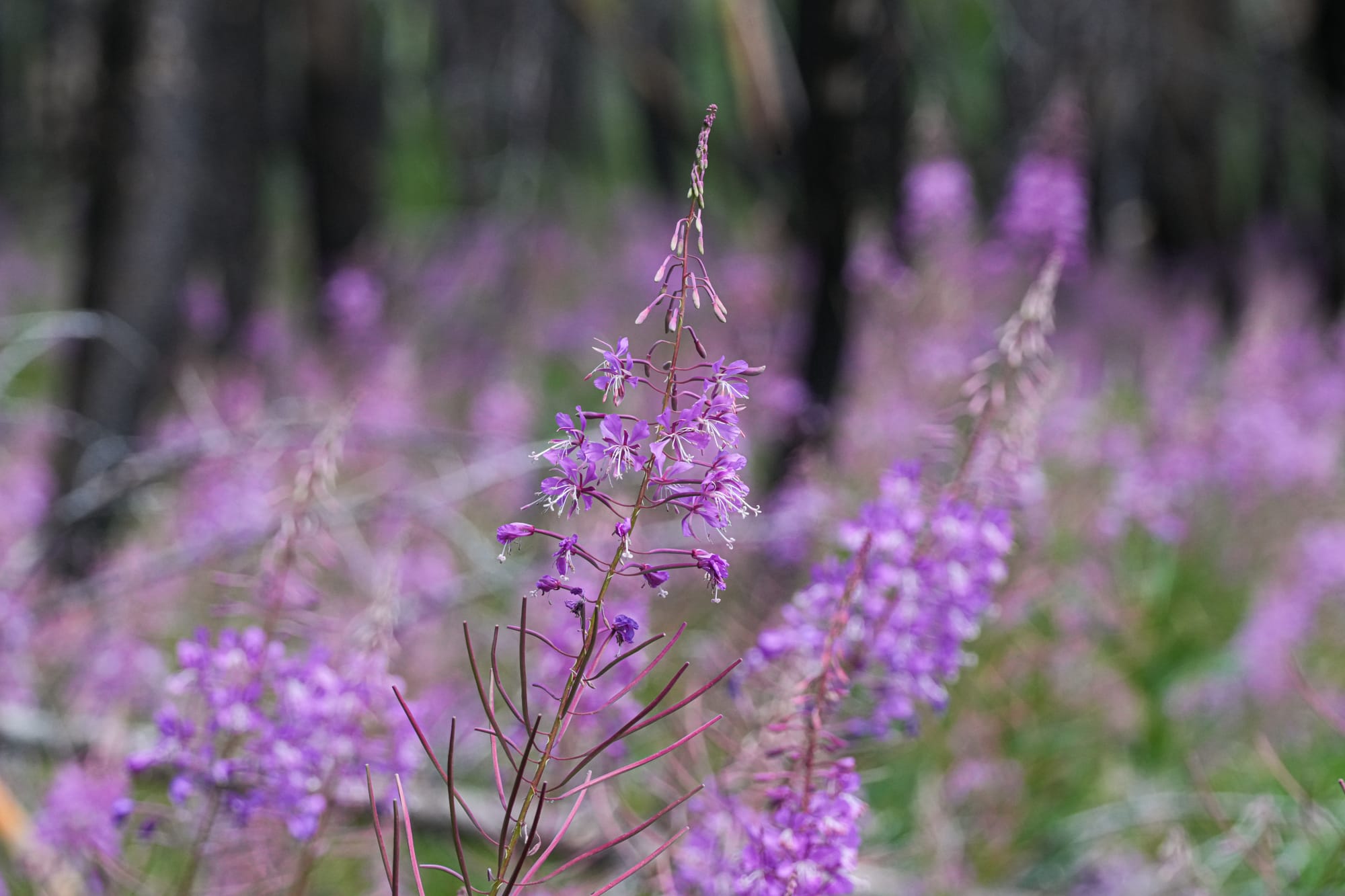
True to its name, fireweed is closely associated with wildfires and it grows explosively after fires clear away competing trees and shrubs and enrich the soil with charcoal and ash.

But it's not just taking advantage of fires, it's also helping heal the environment by stitching together the soil with its roots and preventing erosion. Not only does fireweed germinate in vast numbers after a fire, but each plant spreads so prolifically through its roots that a single plant can end up covering a large area.
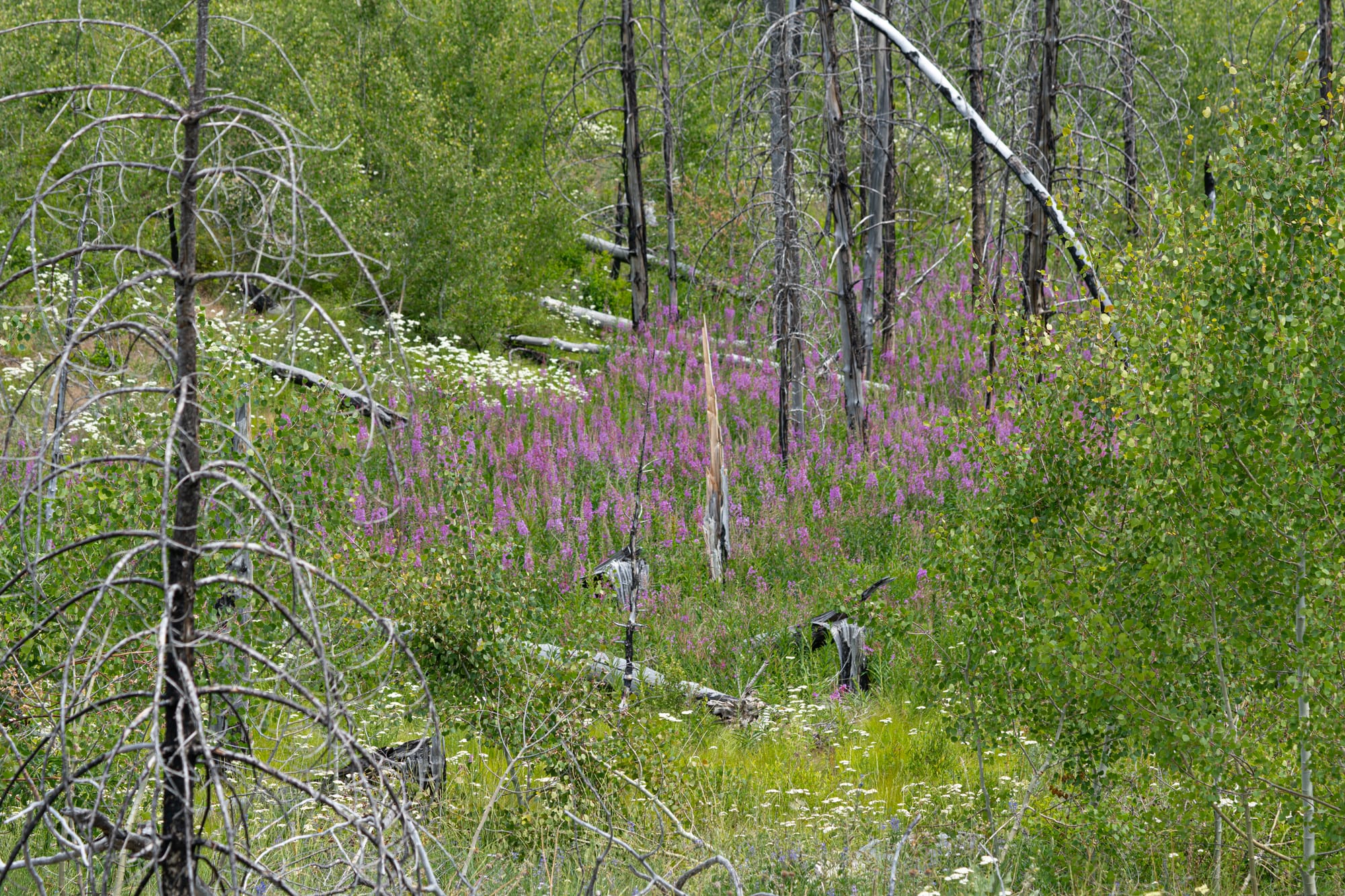
But you won't just notice fireweed for it's conspicuous flowers. It's also a very important plant for honeybees and other pollinators. In fact, the honey produced from fireweed flowers is so highly valued that it's known as the "champagne of honeys" and it's a valuable natural product in the Pacific Northwest.
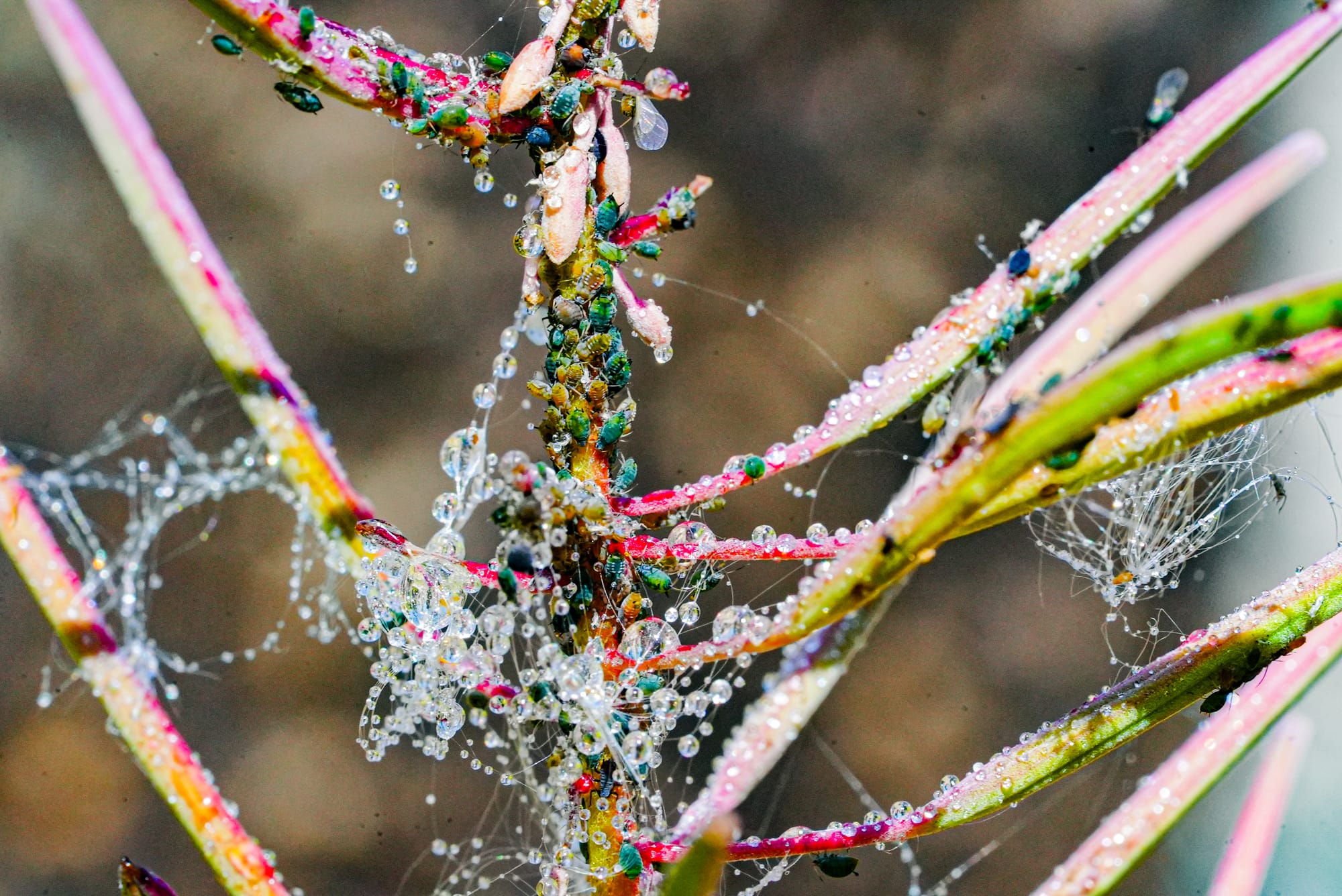
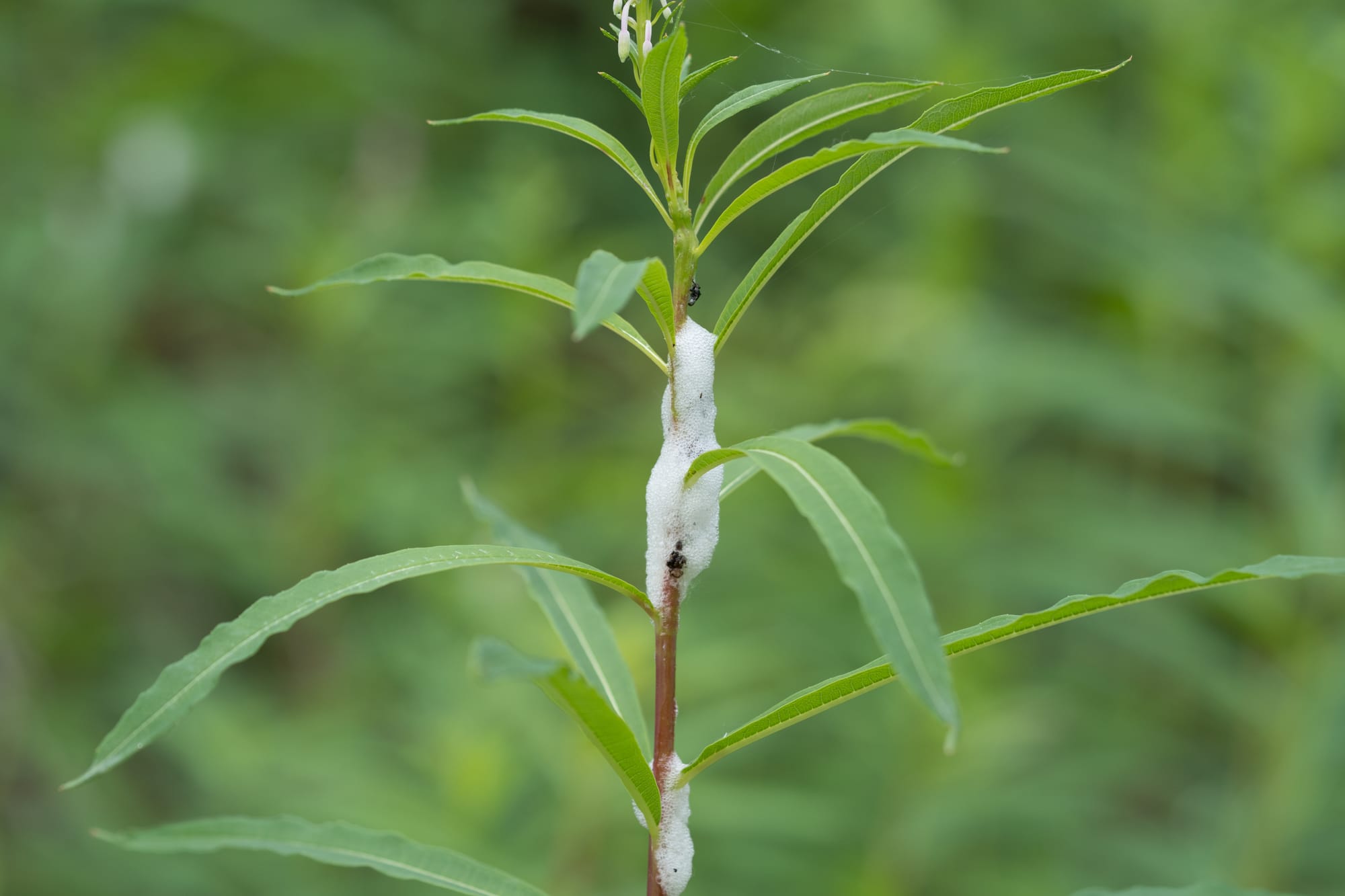
Aphids (left) and spitbugs (right) are some of the many insects that rely on fireweed. Photos by David Lukas
Almost as soon as fireweed flowers bloom, the leaves start to turn lovely shades of red and orange, and within weeks the plants begin to release phenomenal numbers of wispy, floating seeds.
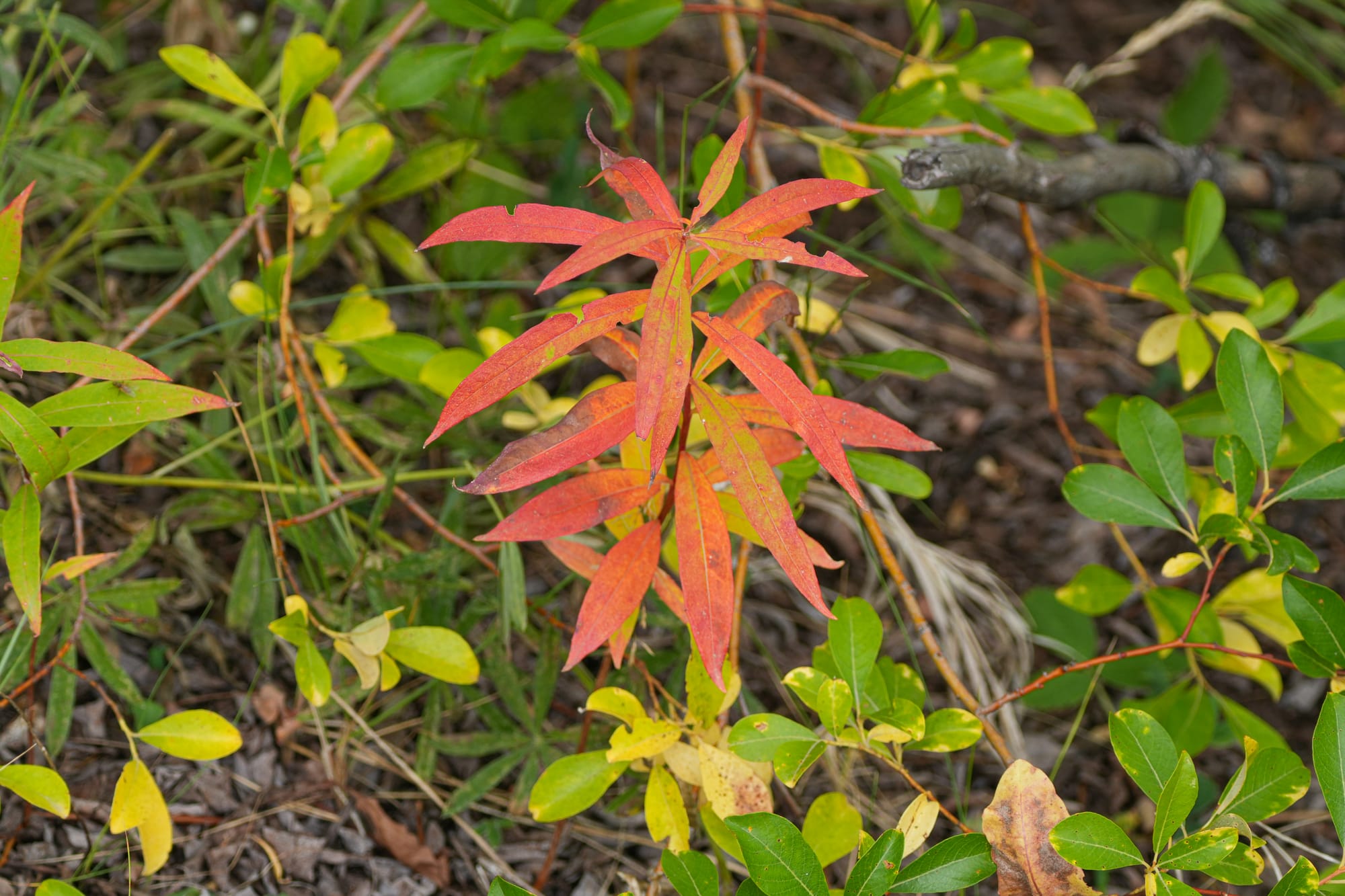
In total, each plant produces about 80,000 seeds that spread far and wide, then wait patiently in the soil, ready to sprout as soon as the next fire sweeps across the land.
